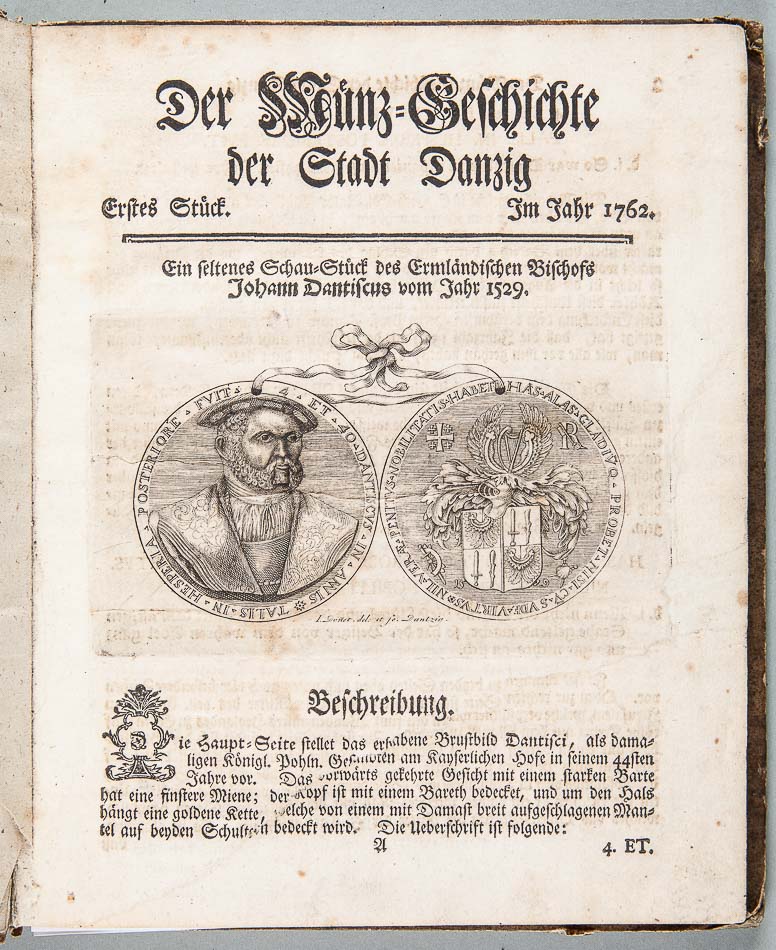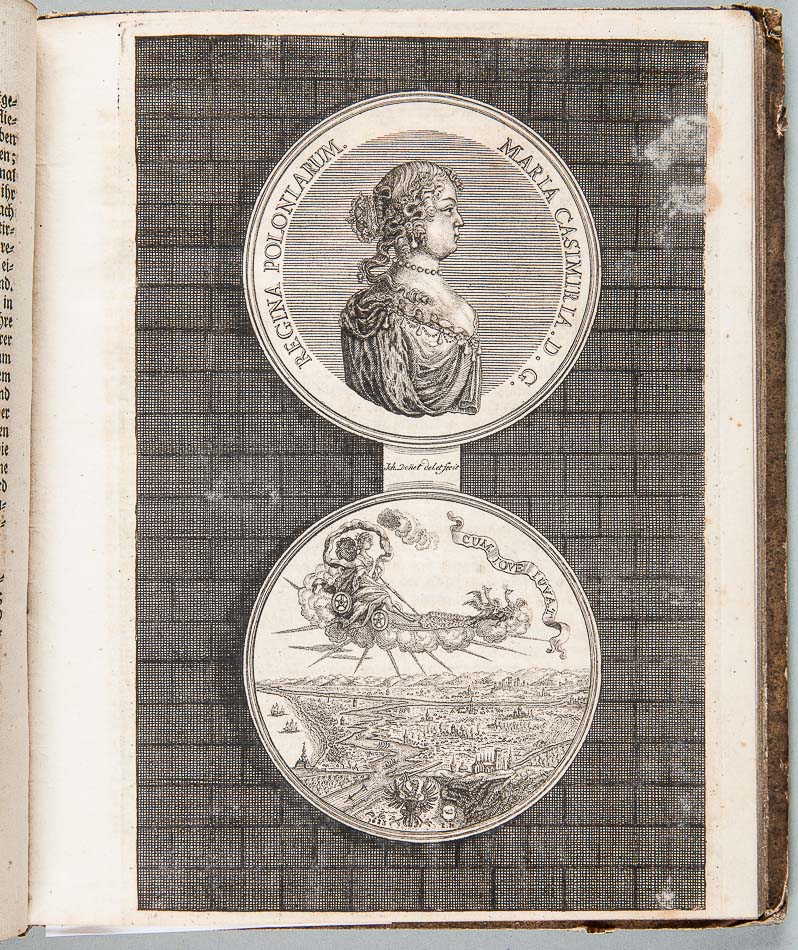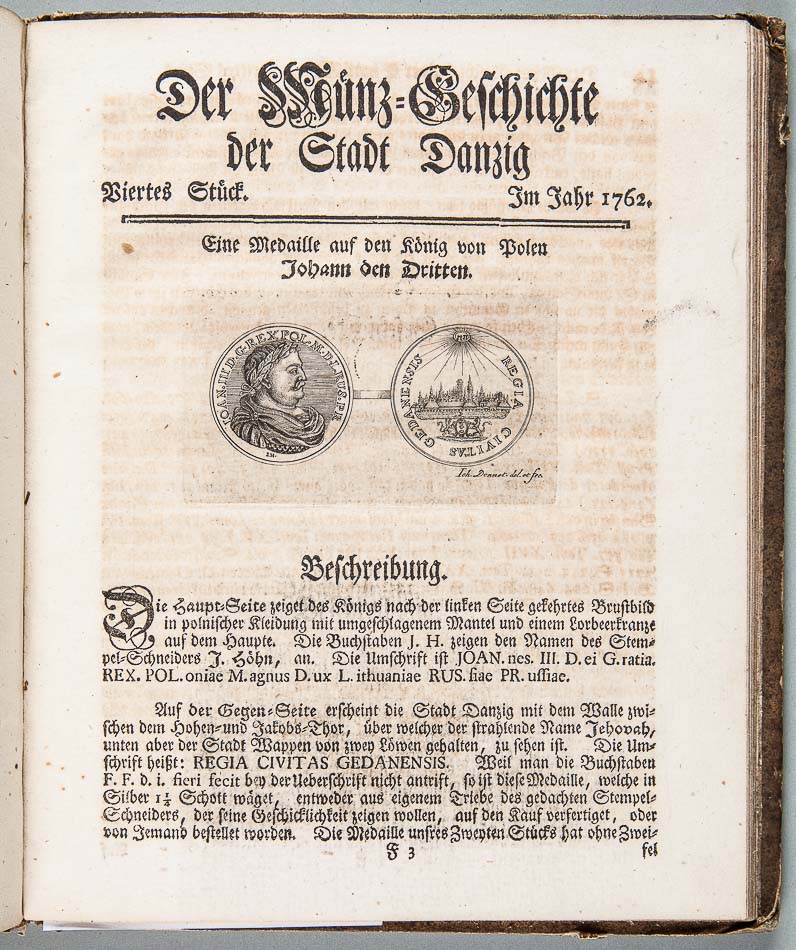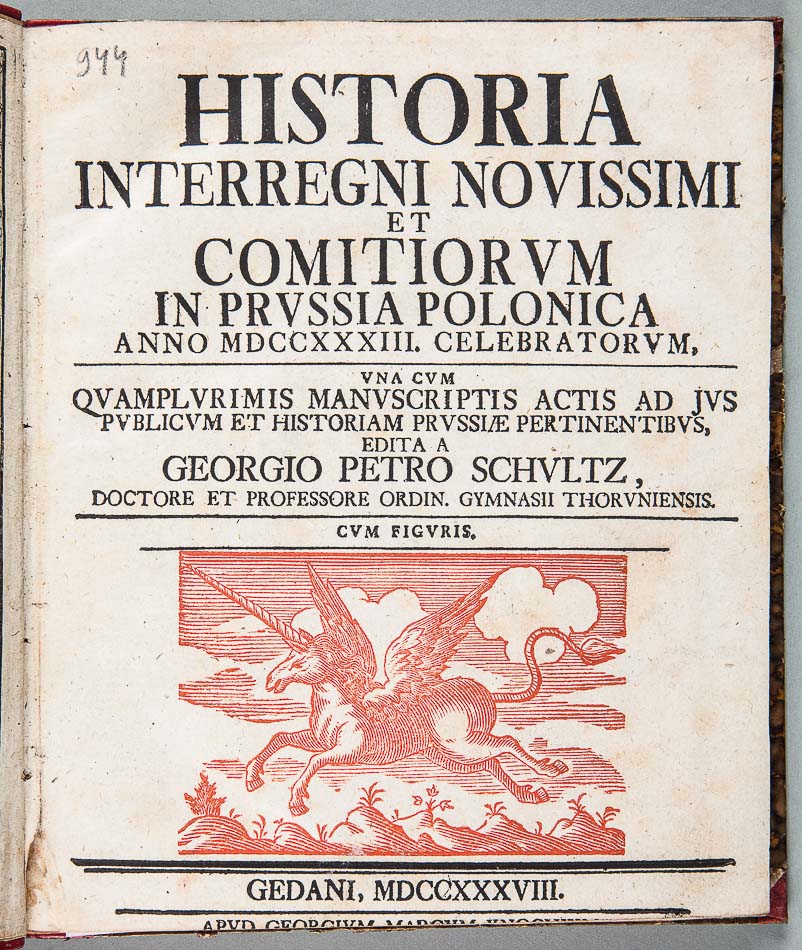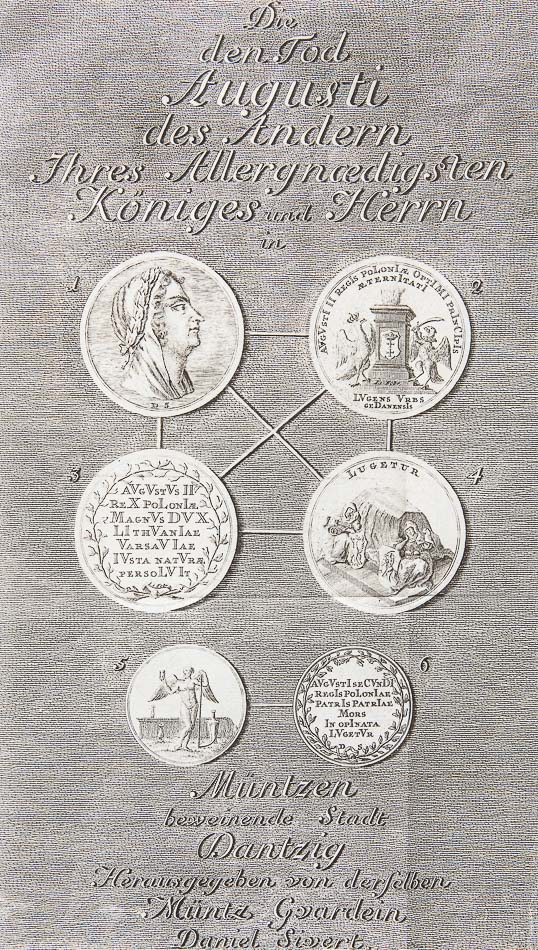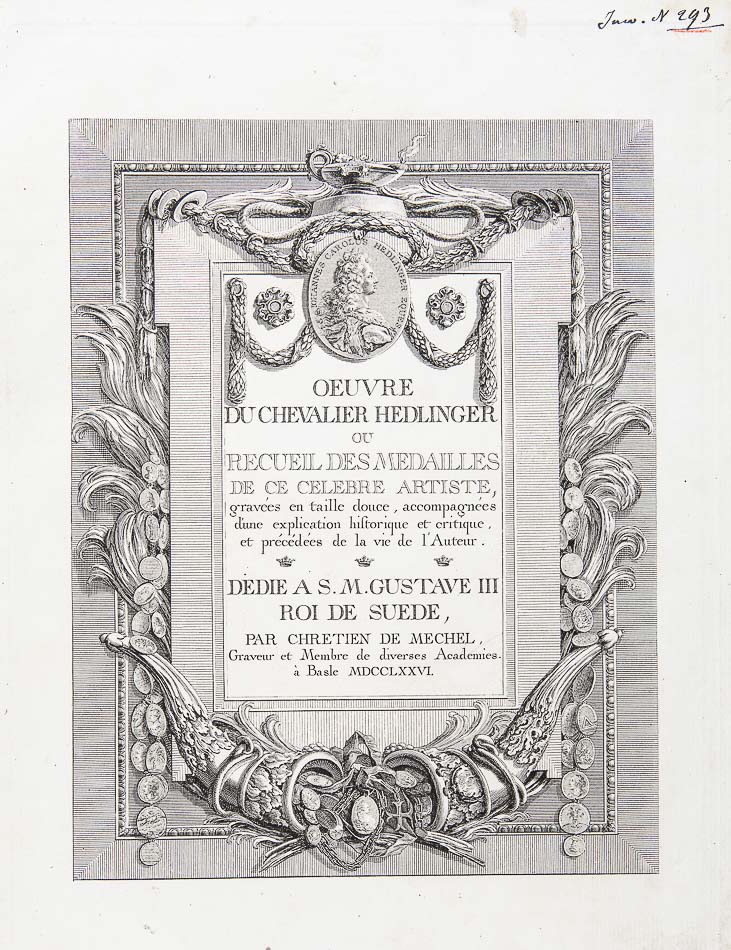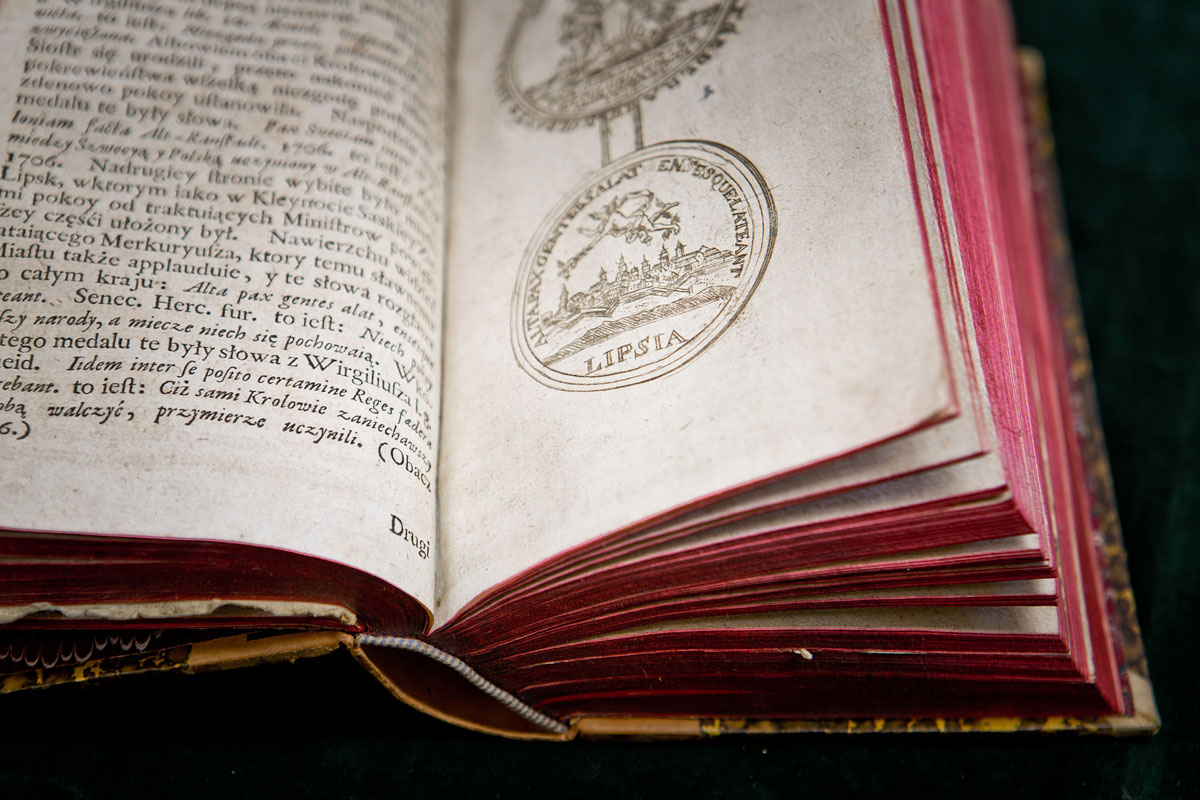Old Prints on Medal-Making
06.09-31.12.2016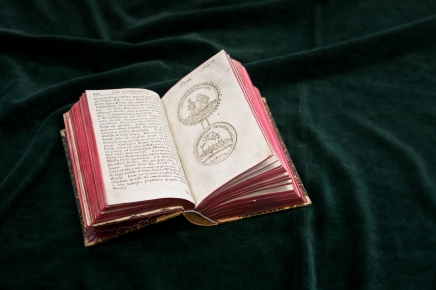
On 6 September, the Emeryk Hutten-Czapski Museum opened a display presenting the most beautiful and interesting old prints from the NMK collection on the theme of medal-making. The exhibition from the series 'De Re Nummaria' features objects such as albums with meticulous drawings presenting the achievements of ancient medallists, as well as academic studies analyzing the information they contain.
The exhibition at the Emeryk Hutten-Czapski Museum presents nearly 70 old prints on medal-making, published from the 16th to the end of 18th century, as well as 24 maps.
A medals is a small work of art which carries numerous important pieces of historical information, and which sometimes features the only image of the person portrayed therein preserved until today. Medals also contain coats of arms and titles of the depicted personages, panoramas of the cities and even sketchy maps and layouts of e.g. a fortress or a battlefield.
Collecting coins and medals in Europe dates back to the Middle Ages, but it was only in the 16th century that one could see the beginnings of the growing popularity of commemorating important events or people by minting a medal or even its entire series. They enriched events which were important for a dynasty or a state: a wedding of the ruler or his successor, a birth or a funeral in the reigning family, a formation of an important alliance or establishing peace after a long war. The first Polish rulers, whose medals have been preserved, include Sigismund the Old and Sigismund Augustus, as well as Queen Bona.
Dating back to 1553, 'Epitome thesauri antiquitatum' is one of the most interesting objects at the exhibition. Its author – Jacobus Strada – presents therein a design for a gallery of medal portraits of emperors: from Julius Caesar and rulers of ancient Rome, to his contemporary German emperors.
Medals were also made to commemorate the brave achievements of commanders and peaceful activities of the clergy, artists, scholars and distinguished leaders of local government – municipalities.
Collections, or simply designs for series of medals, became the subject of separate publications which increase the importance of both the commemorated people or events, and the medallists and their works. The old prints gathered in the National Museum include album publications with meticulous drawings presenting the achievements of individual artists, as well as academic numismatic studies analyzing in extensive historical comments the contents provided to us by ancient medalists, who sometimes placed magic signs, hieroglyphs and inscriptions made in their exotic handwriting on their works. Medal depictions also appeared as illustrations of historical or biographical works, on the one hand testifying to the esteem that the recipient of the coin enjoyed amongst his contemporaries, and on the other – constituting an example of the importance of the event it was meant to commemorate.
The exhibition of old prints on the subject of medal-making constitutes the first part of the series 'De Re Nummaria'. Other displays, on the theme of major and minor numismatic collections and Polish coins featured in old prints, will be opened in 2017.
Curator: Agnieszka Perzanowska
The Hutten-Czapski Museum
ul. Piłsudskiego 12, 31-109 Kraków First floor- Monday: closed
- tue : 10.00-18.00
- wednesday-sunday: 10.00-16.00
